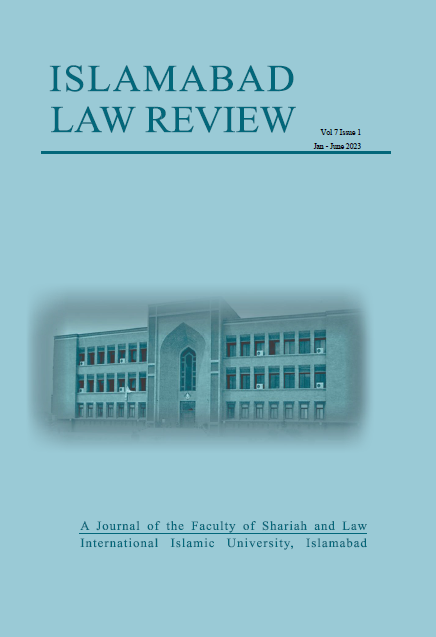Jurisdiction of Anti-terrorism Courts in Pakistan: Conflict of Design-Based Approach and Cumulative Effect-Based Approach
الملخص
This paper delves into the persistent challenge faced by the Supreme Court of Pakistan from 1998 to 2020 - its inability to establish a definitive demarcation between the jurisdiction of anti-terrorism and ordinary court cases. A significant focal point is the interpretive struggle surrounding the definition of terrorism, as stipulated in section 6 of the Anti-Terrorism Act, 1997. This interpretation has given rise to two fundamental categories of approaches- the actus reus-based and mens rea-based approaches. Various approaches taken by the Supreme Court of Pakistan in deciding the jurisdiction of anti-terrorism courts have engendered multifaceted issues across the stages of investigation, remand, bail, trial, and appeal. This complexity is compounded by the distinct procedural framework of Anti-Terrorism courts in comparison to regular courts. Furthermore, the intricate matter of overlapping offences adds another layer of complexity to the existing predicament. Whether Article 23 of the Anti-Terrorism Act adequately addresses the prevailing concerns and a comparison with international approaches to terrorism-related cases. Notably, this paper identifies the coexistence of two contrasting approaches within the Supreme Court's jurisprudence in Anti-Terrorism cases, revealing the intricate dynamics that contribute to the ongoing jurisdictional predicament.


